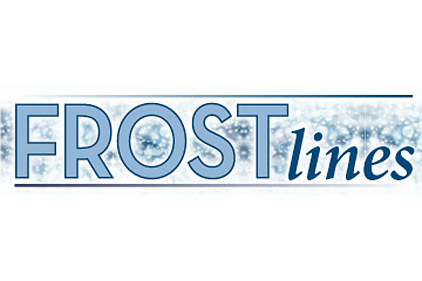A demonstration of complex — but ultimately valuable — developments when it comes to supermarket refrigeration is a project conducted by the Oak Ridge National Laboratory (ORNL) and the U.S. Department of Energy (DOE).
The objective, according to a report jointly issued by the agencies, was to “develop and deploy a transactional network platform to enable energy efficiency and building-to-grid integration through development, demonstration, and propagation.”
Aspects included:
• “Open source, open architecture platform that enables a variety of site/equipment specific applications.
• “Cost effective, scalable, and low-touch retrofit methods to accelerate rate of adoption providing benefit to equipment owners, energy service providers, and electric utility.
• “Application demonstration and industry partnerships.”
The goal of the project was to “develop model-predictive control techniques for reducing the peak demand and improve energy efficiency of supermarket refrigeration systems.” It was noted that “commercial refrigeration offers substantial opportunities for energy savings, demand reduction, and to provide energy services.”
Consumption
The report drew attention to the familiar statistics that refrigeration in supermarkets can consume up to 1 million kilowatt-hours (kWh) per year. The project in question used what were called “transactive applications” identified using Pacific Northwest National Laboratory’s (PNNL) VOLTTRON platform, which PNNL described as “an innovative distributed control and sensing software platform. Its source code has been released, making it possible for researchers and others to use this tool to build applications for more efficiently managing energy use among appliances and devices, including heating, ventilation and air conditioning (HVAC) systems, lighting, electric vehicles, and others.”
The ORNL/DOE report said the specific platform for refrigeration included smart defrost controls, peak reduction through optimal control, and equipment prognostics.
It was noted that ORNL was working with Emerson Climate Technologies “to develop and deploy these applications.” The smart defrost application has already been developed and work is going on regarding the other two aspects.
“The focus of the approach is to reduce installation cost by utilizing data from existing sensors to inferentially estimate parameters for intelligent control of the refrigeration systems,” ORNL said.
Networking
Also the technology was created to address the fact that often the peak energy consumption of the refrigeration systems are needed at the same time as the peak demand for electricity as determined by utilities which is typically mid to late afternoon.
The report said, “These systems can participate in demand response strategies using advanced controller formulations that can respond to utility signals by:
1. Reducing the number of compressor cycles.
2. Shifting peak load time to offset utility peak loads.
3. Robust control of the refrigeration systems for efficiency and reduction of faults.”
The report noted that fault detection and diagnosis to improve the refrigeration process can be beneficial.
The research went on to look at issues related to ice on compressors and how that affects efficiency — as well as how to address it.
“The smart defrost application, which was validated against the measurement data, suggests that the formation of ice on the compressor can be inferred from measurements of the discharge air temperature. The rise in the discharge air temperature is caused by the loss of compressor efficiency in the presence of that ice.
“By initiating a defrost event only when the discharge temperature exceeds a preset threshold, the frequency of these defrost events will be in proportion to the rate of ice formation.”



Report Abusive Comment